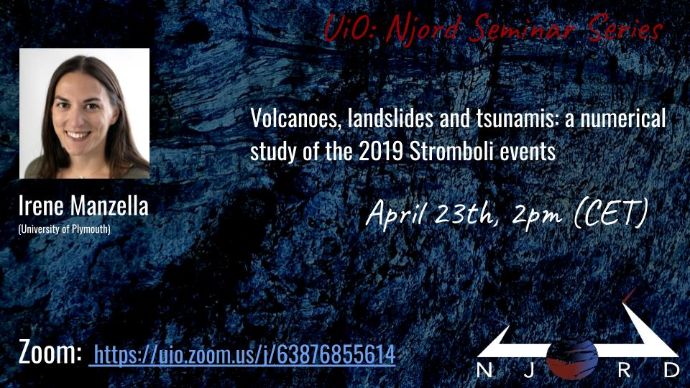Abstract:
Tsunamis generated by large landslides and pyroclastic density currents can have devastating effects as witnessed with the events caused by the Anak Krakatau eruption in Indonesia in 2018. However, these cascading hazards are complex by nature and their modelling and prediction is challenging. In the present research, Stromboli is used as a natural laboratory to understand these phenomena and improve the modelling of possible scenarios. Stromboli is one of the most active volcanoes in the world. Many tsunamigenic landslides (sub-aerial and/or submarine) have taken place and more recently, a tsunami wave has been recorded associated with the July 2019 eruption. Thanks to the collaboration with the University of Florence and the IGAG-CNR (Italy), these events could be well constrained and the bathymetry and the topography pre and post event determined with accuracy. These events were back-analysed with VolcFlow, a continuum mechanics model developed by the Laboratoire Magmas et Volcans (France). Results suggested that it was a large pyroclastic density current which generated the tsunami wave during the events of July 2019. With the best fitting input parameters found from the back-analysis, it has been then possible to assess threshold values of volume and discharge of mass flows which could trigger significant tsunami waves. This will allow improving the early warning system on the Stromboli Island and ultimately increasing awareness and understanding of these complex and destructive phenomena.
You will find the complete schedule for Njord Seminar Series spring '21 here.
To get news, invitations to seminars and more from Njord, please go here to subscribe to our newsletter.
